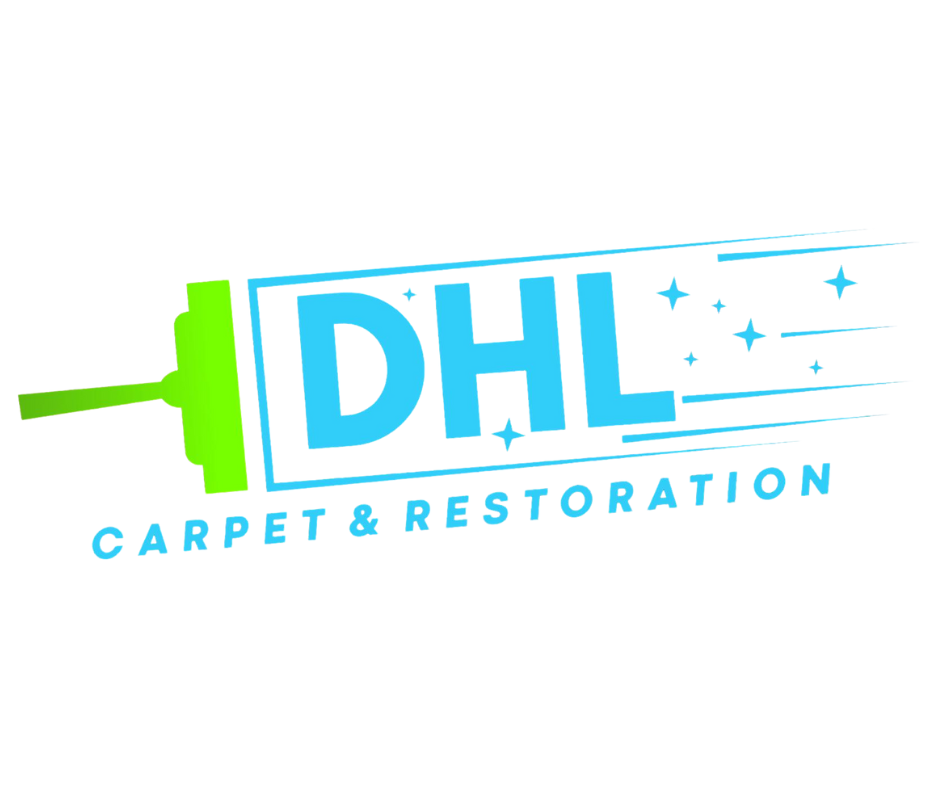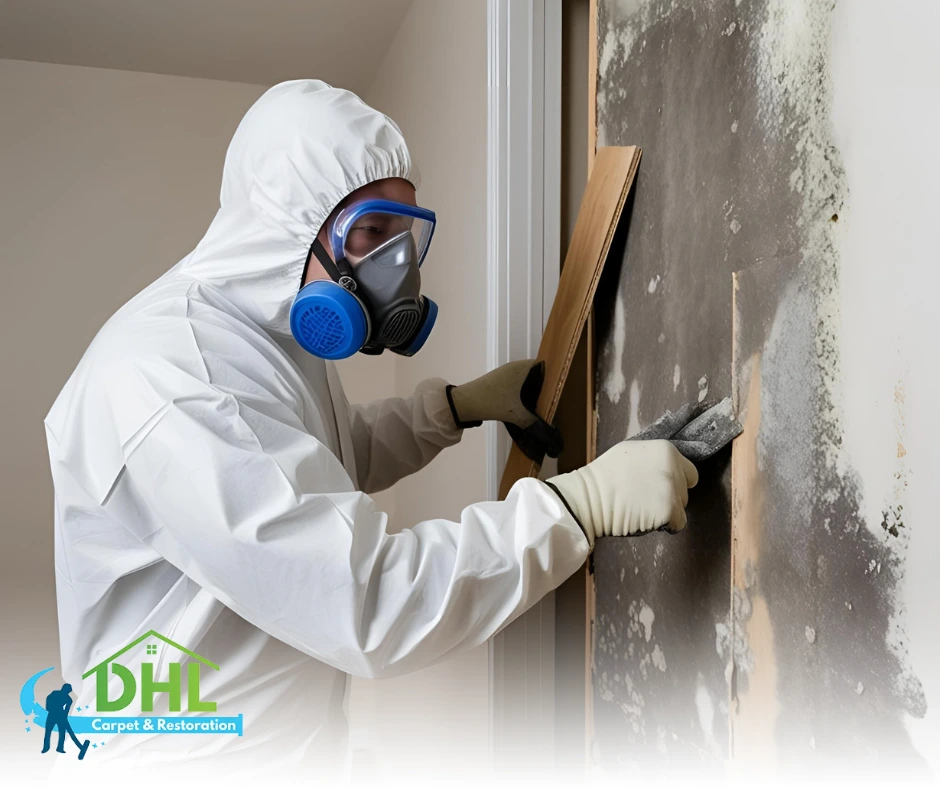Mold spores are a constant presence in our environment, both outdoors and inside our homes. While typically harmless in small quantities, they become a serious issue when indoor conditions allow them to settle and grow into colonies. High humidity, poor airflow, and hidden moisture provide the perfect habitat. When these conditions go unaddressed, mold doesn’t just survive—it thrives. Fortunately, Mold Remediation offers a complete solution to identify, eliminate, and prevent the spread of these harmful contaminants.
What Makes Indoor Spaces Ideal for Mold
Indoors, mold spores often find better opportunities to grow than they do outdoors. Leaky roofs, dripping pipes, steam from daily activities, and even wet laundry can elevate humidity and introduce moisture to surfaces like drywall, insulation, wood, and carpet. These organic materials act as fuel, and in the presence of warmth and dampness, spores rapidly develop into active mold colonies.
Poor ventilation only worsens the problem. Spaces like bathrooms without exhaust fans, basements with limited air circulation, or attics sealed off from fresh airflow become breeding grounds for hidden mold. These enclosed environments trap moisture, allowing spores to multiply unchecked. Mold growth is not always visible at first—but it may already be affecting air quality, producing allergens and contributing to respiratory issues, fatigue, or chronic allergies.
How Mold Remediation Interrupts the Growth Cycle
Once mold has taken hold, removing it requires more than basic cleaning. Standard household products often fail to reach beneath porous surfaces or into wall cavities, leaving spores behind to regrow. That’s where expert Mold Remediation becomes essential. This service begins with a detailed inspection using moisture meters, infrared cameras, and air sampling to locate the full scope of contamination.
Remediation experts contain the area to stop spores from spreading, then proceed with HEPA filtration, professional-grade drying equipment, and antimicrobial treatments to eliminate both visible growth and airborne particles. They also address the root cause—whether it’s a slow leak, poor insulation, or faulty ventilation—to ensure mold doesn’t return. This process not only restores your property but also promotes safer indoor air quality and structural protection.
Keeping Mold from Coming Back
After remediation, maintaining proper indoor conditions is crucial. This includes using dehumidifiers, regularly servicing HVAC systems, and ensuring your home stays dry—especially in high-risk zones like bathrooms, laundry rooms, and crawlspaces. Good airflow and routine checks for moisture build-up can make all the difference.
Although mold spores will always exist in the air, their impact is entirely dependent on the environment. By improving indoor conditions and choosing professional services when needed, homeowners and business owners can significantly reduce the risk of mold growth. With comprehensive Mold Remediation, you’re not just reacting to a problem—you’re creating a long-term defense against future infestations.
Learn more about mold remediation:
The Hidden Dangers of Mold Spore Colonization and Remediation Best Practices
Mold Remediation Starts with Prevention: How to Stop Spores from Multiplying

